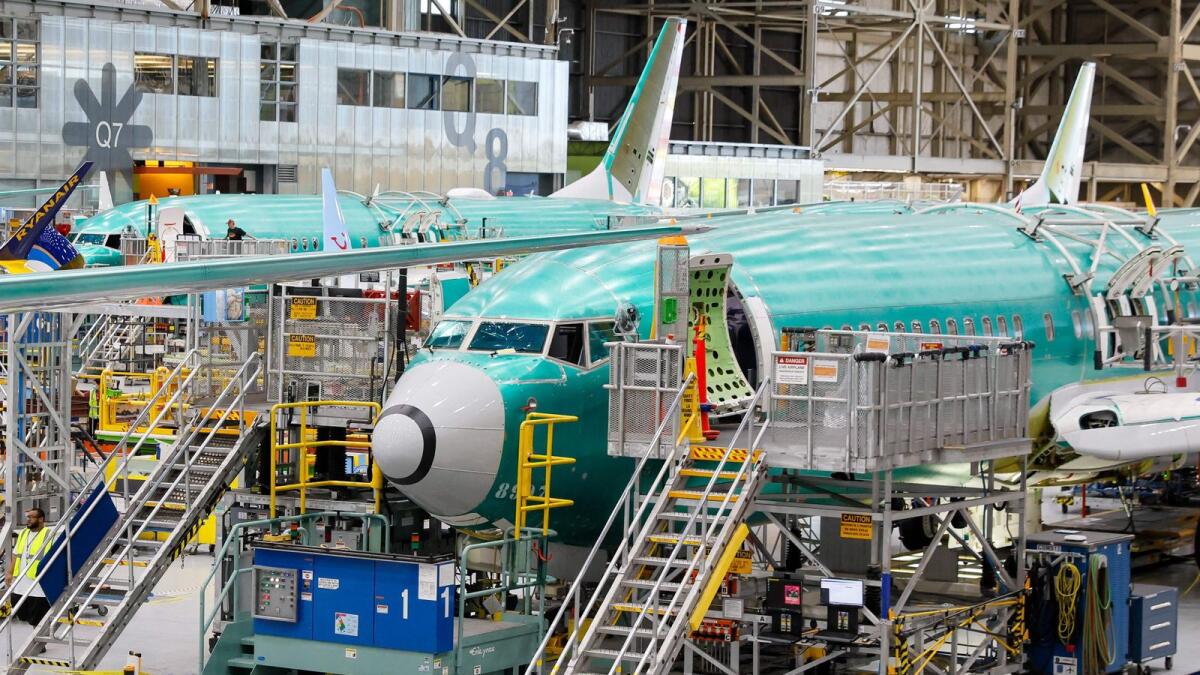The global airways are expected to have over 50,000 commercial aircraft by 2043, as per Boeing’s recent forecast. This marks almost a doubling of the current number, with new models being introduced to replace older jets in order to improve fuel efficiency. Darren Hulst, the vice president of marketing at Boeing’s commercial aviation division, stated that the balance between replacement and growth is very close, at about 50-50. Of the 44,000 planes to be delivered by 2043, the majority will be single-aisle and dual-aisle planes.
Despite ambitious orders from airlines to update their fleets, both Boeing and Airbus have faced supply chain challenges that have delayed many plane deliveries, resulting in fewer retirements of old aircraft. However, it is estimated that fewer than one-third of the currently operating 26,750 planes will still be in service in 20 years. The forecast also suggests that passenger air traffic will increase by an average of 4.7 percent annually, surpassing the 3.2 percent growth in the airplane fleet, with airlines increasing load factors and utilizing planes more per day to meet demand.
The forecast also emphasizes the need for extensive hiring in the aviation industry, with a global requirement of 85 million workers by 2043, double the current level, and an estimated cost of services amounting to $4.4 trillion. Airbus also released a similar forecast in July, predicting a doubling of the global commercial airplane market within the next two decades. With the increasing demand for air travel, it is crucial for airlines to focus on improving efficiency and sustainability while also investing in workforce development to meet the growing needs of the industry.
Overall, the aerospace industry is poised for significant growth in the coming years, with a substantial increase in the number of commercial aircraft expected by 2043. The introduction of new, more fuel-efficient models will play a key role in replacing older planes and meeting the rising demand for air travel. Supply chain challenges may present obstacles, but both Boeing and Airbus remain committed to fulfilling orders and ensuring the modernization of global fleets. Investing in workforce development will be crucial to addressing the growing need for aviation maintenance and other skilled workers, as the industry looks towards a future of continued expansion and innovation.











